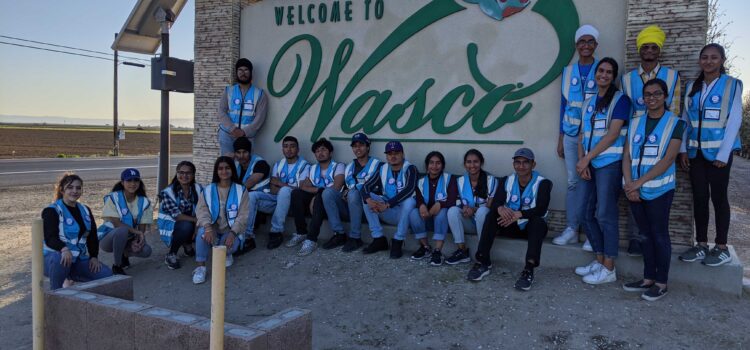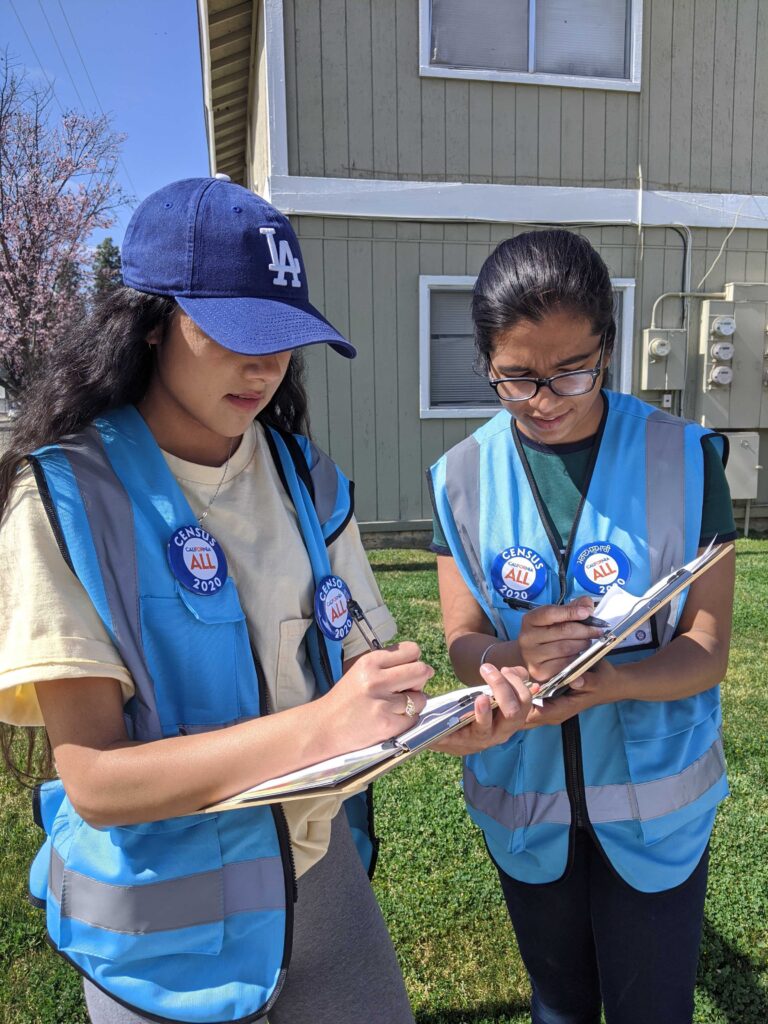
In January 2020, many Sikh organizations announced the U.S. Census Bureau would include “Sikh” as a write-in option for question nine (“What is your race?”) on the 2020 Census form. The Census Bureau also confirmed that the non-mandatory option to write in “Sikh” will be included as a distinct detailed population group under the “Asian” racial category (as opposed to the “Asian Indian” category).
The announcement brought kudos from other Sikh-American organizations including the Sikh Coalition who showed their support for being given the option to self-identify in the 2020 Census.
That sense of victory was felt particularly strong in Kern County where more than 10,000 Sikh families reside.
Naindeep Singh, executive director of Jakara Movement, says a united movement among Sikhs and supporters helped make it happen.
“This is a conversation that has been happening within the community for over 20 years,” Singh said. “Different ethnic media outlets have been talking about this, and the Punjabi media has also been helping create awareness about the Census.”
Founded in 2000, The Jakara Movement is a grassroots organization community-building organization that helps with leadership development, community engagement and social activism. According to Singh, the organization has an active membership in 80 high schools from Kern County to Sutter County in northern California.
“Bakersfield is a special place for us,” said Singh, noting that Punjabi is among the most spoken languages in Kern County after English and Spanish.
“In terms of the population, specifically in Kern County, nearly all ‘South Asians’ have roots in the region of Punjab (India, Pakistan), and they speak the Punjabi language. Most of their religious backgrounds are of the Sikh faith, or Sikh tradition,” Singh said. “That’s why we generally will say, ‘Punjabi Sikh,’ because that’s where most will have as their identity, especially in Kern County. And really throughout the valley.”
With growth comes the need for education to help with the occasional roadblock in communication. Singh says the work of his organization has been to bring information about the Census direct from trusted members in his community as swiftly as possible. Of the 12 languages that the Census Bureau is providing translations for on mail invites, Punjabi is not included.
“Because you have a lot of Punjabi women who work in the post office, they have anecdotally shared with me how many people just throw their Census form in the garbage or in the return mail,” Singh said. “That’s probably because many of them just don’t know what it is, or don’t want to take a risk. It’s very common.”

Making the work of Singh and other Sikh organizations all the more urgent as Census invitations and reminders continue to circulate through the postal service into homes.
“The specific ethnic and language demographics in our valley differs greatly than most areas of the country. The Census Bureau is not providing language support for large communities that reside her in the San Joaquin Valley. While here in Kern County, Punjabi is the third most spoken language after English and Spanish, in Fresno County it is the Hmong language, which is also not receiving federal support. This is why so many organizations are working to fill in the gap with an eye to our unique regional characteristics.”
Currently, Punjabi speakers can call 559-667-SIKH (7454) for immediate assistance with their Census form. A similar support website is also planned for launch on Monday, March 30th.
“We are calling on communities to write-in Sikh on their Census form, and explaining why it’s important,” said Singh.
“We’ve already been inundated with personal calls, questions, concerns from people asking us to help them right now, because the Question Assistance Centers (QAC) from the Census Bureau are largely being put on hold in order to minimize contact.”
Because of the COVID-19 pandemic, Singh says Census engagement has been changed to safely reach those in self-quarantine, but before the government mandate, his team had logged hours of canvassing in rural areas of Kern.
“We had really big canvassing goals, and we achieved most of them before the order came from the Governor,” said Singh.
Singh and his team canvassed nearly 20,000 homes in Wasco in a single weekend.
“Our next round was supposed to be phone banking, but we’re a little bit on pause because we want to know what will make the most sense,” Singh said. “We don’t want our youth operators to be at any risk and are keeping in mind where everybody’s head space is right now. So, once we start again, we will be calling over 20,000-plus Kern County residents.”
Singh wants to assure the Sikh community they are working diligently to provide the resources needed to assure an accurate count during quarantine.
“We have translation services for forms with explanations, videos, social media postings. Many moving parts.”